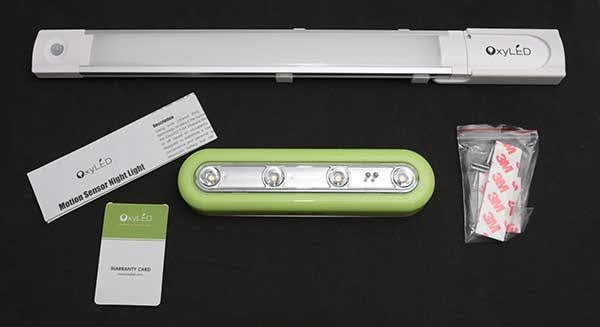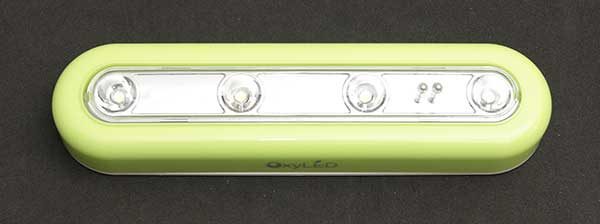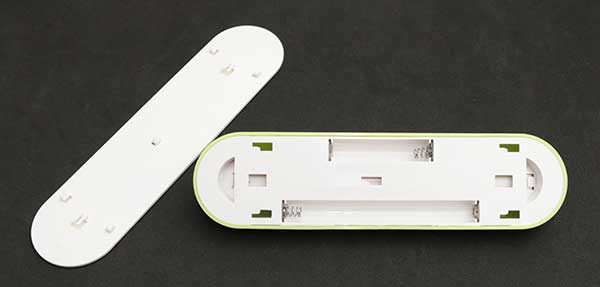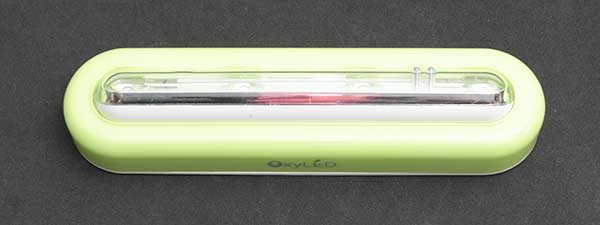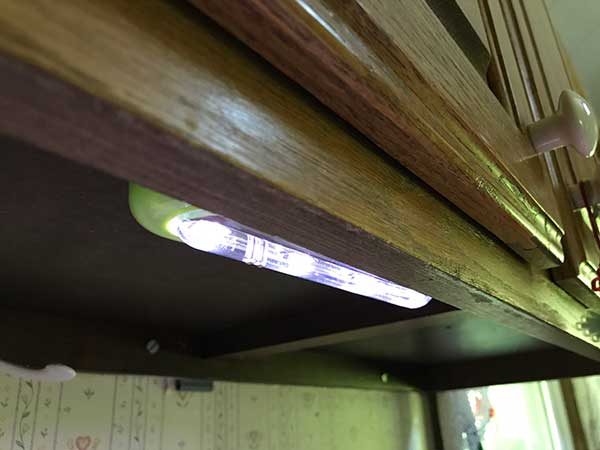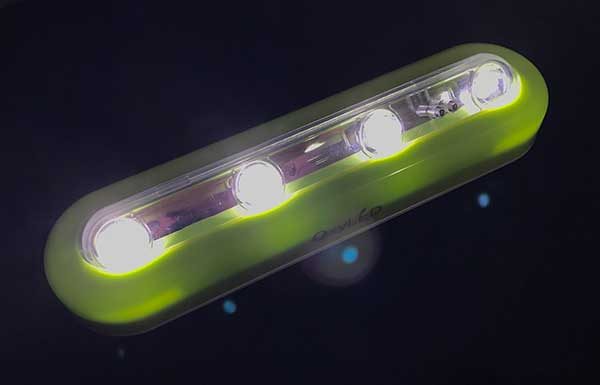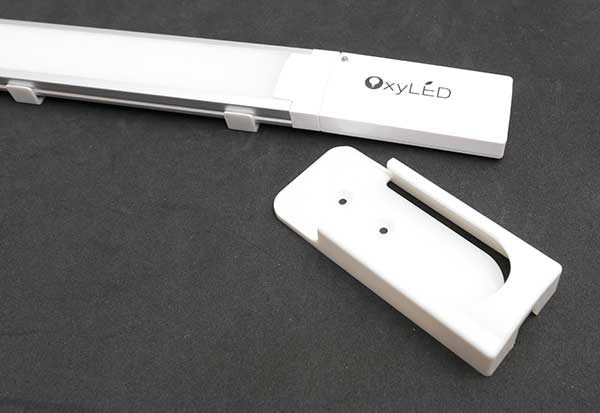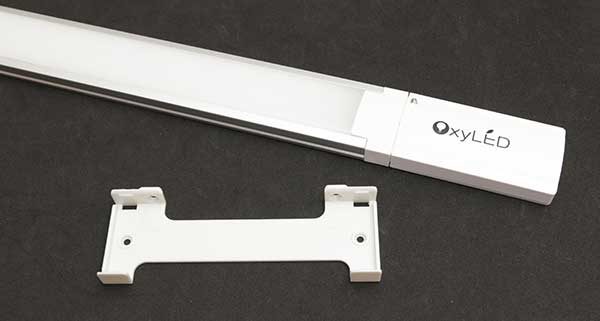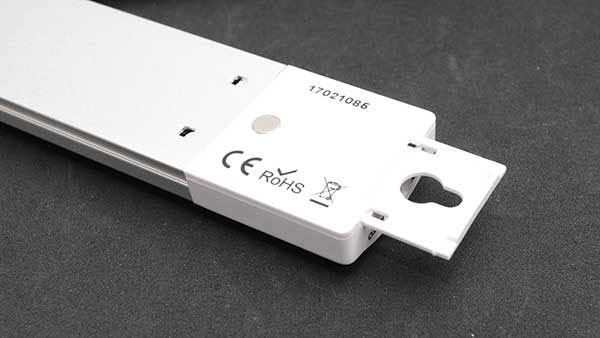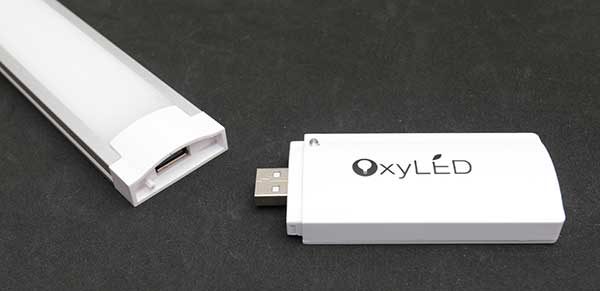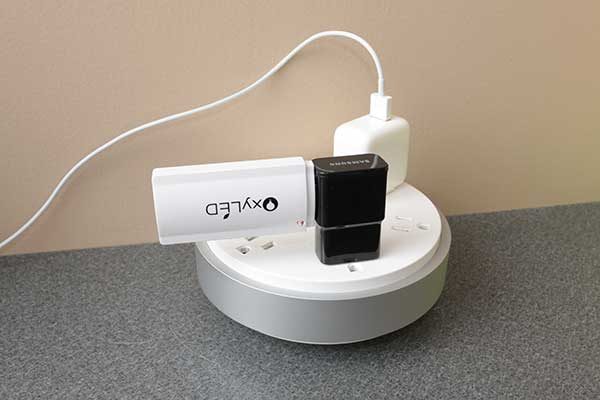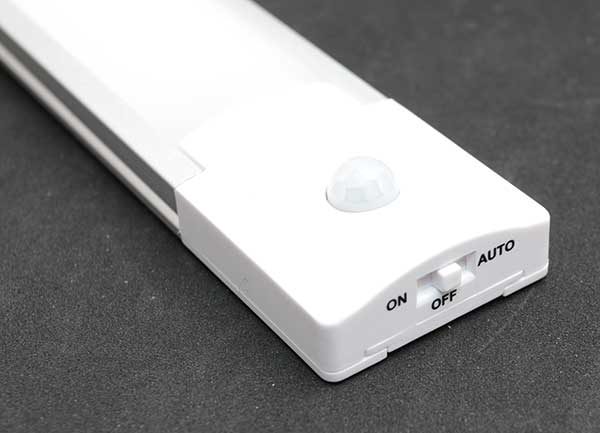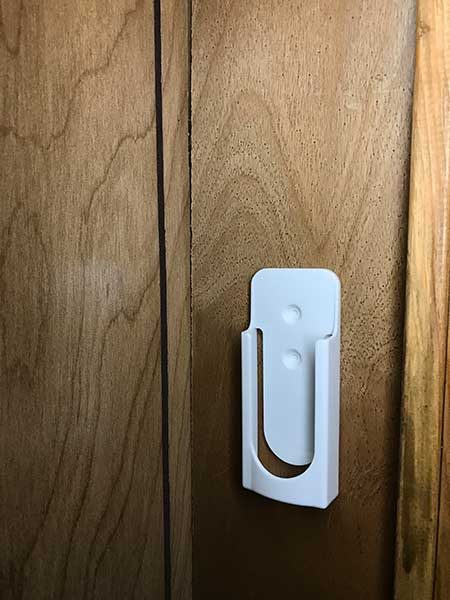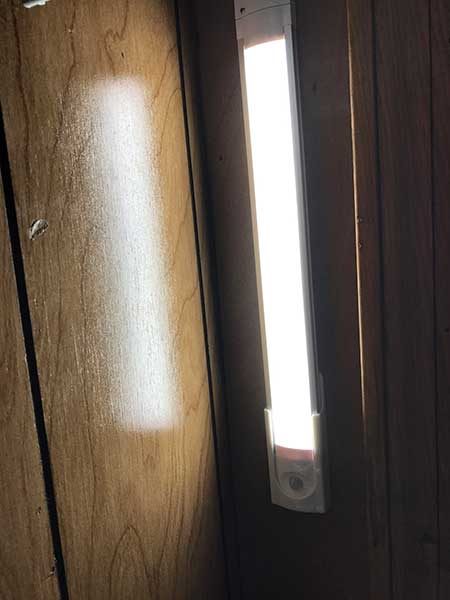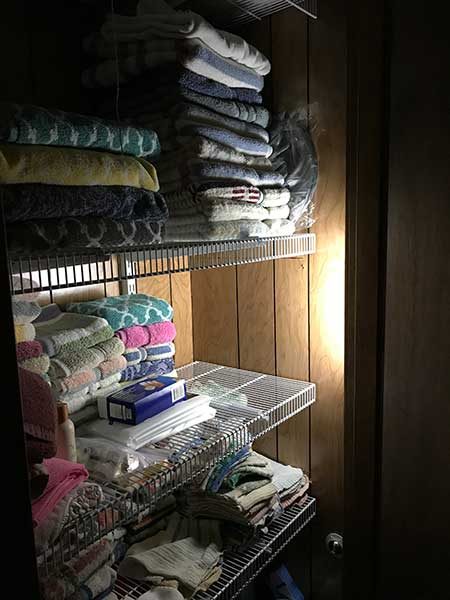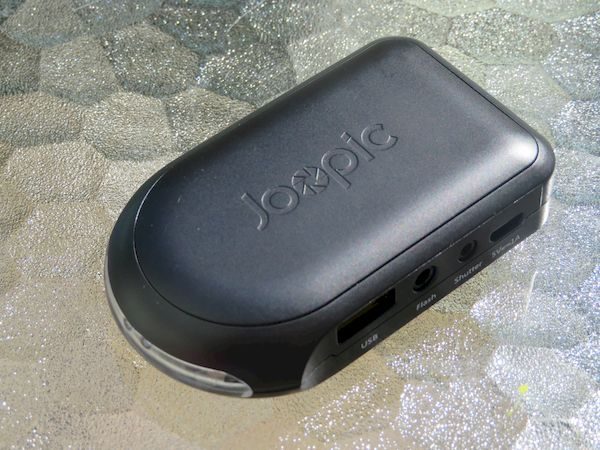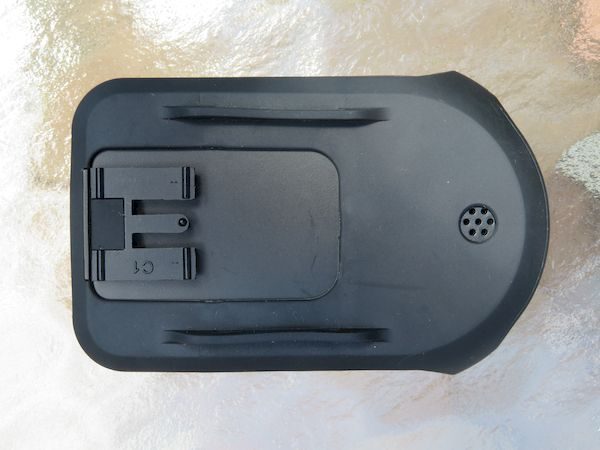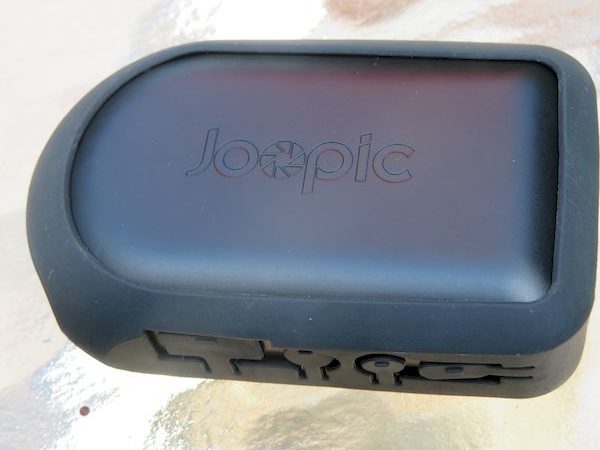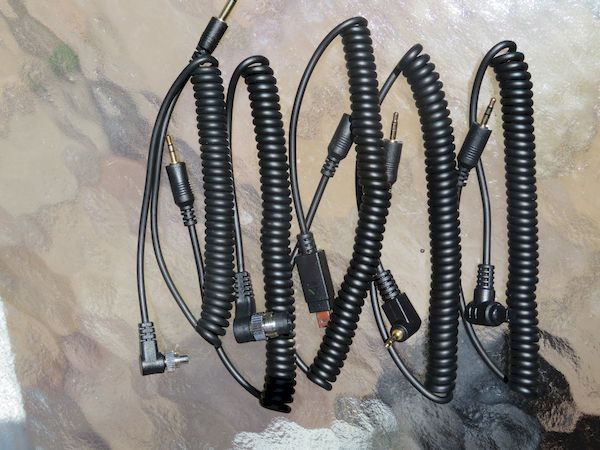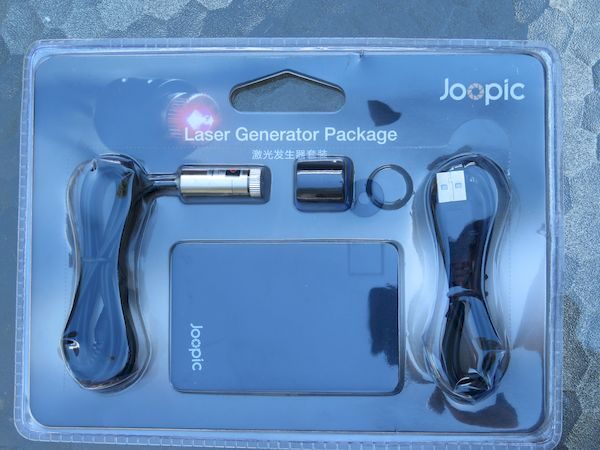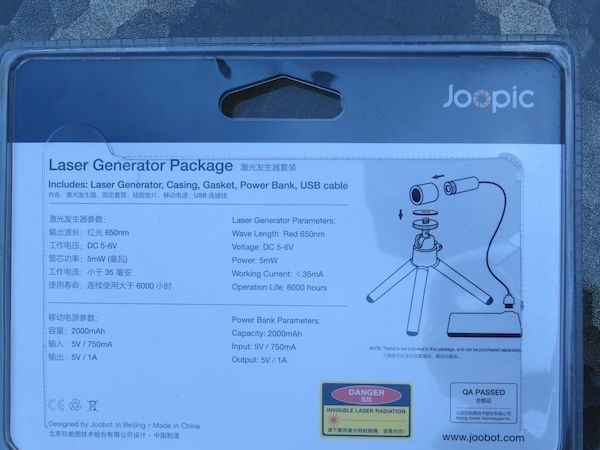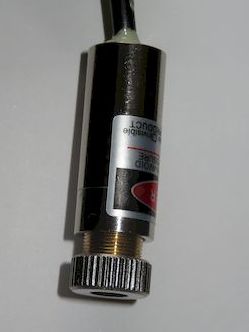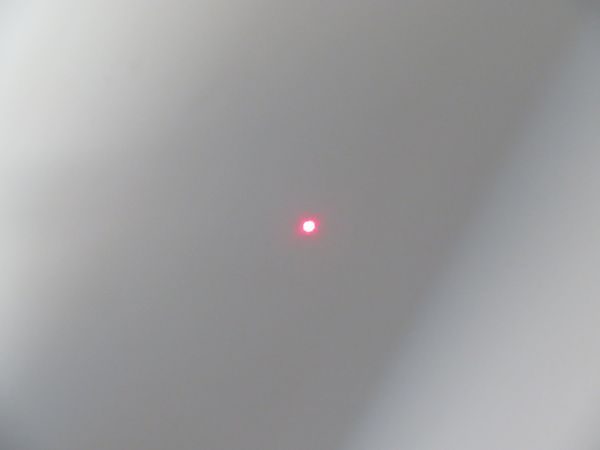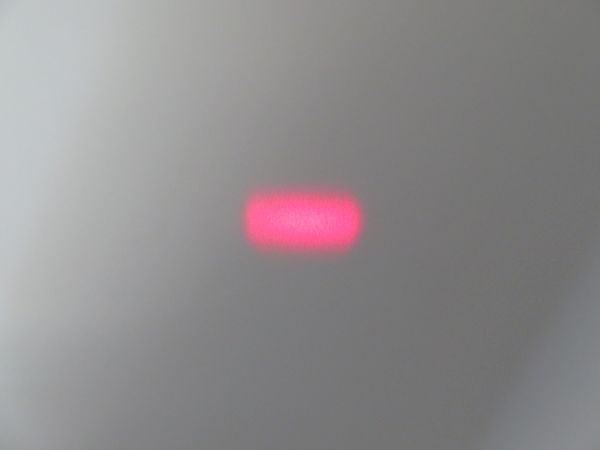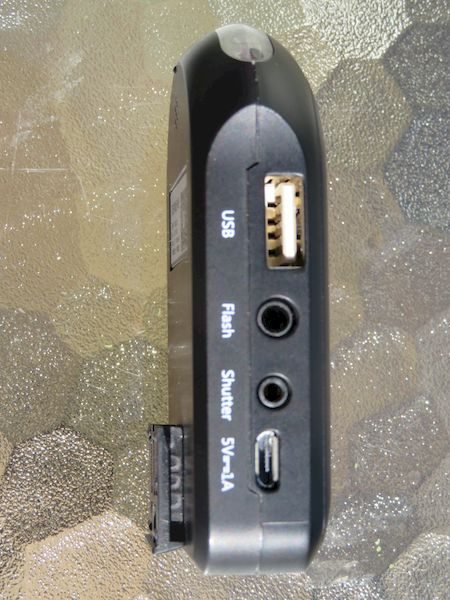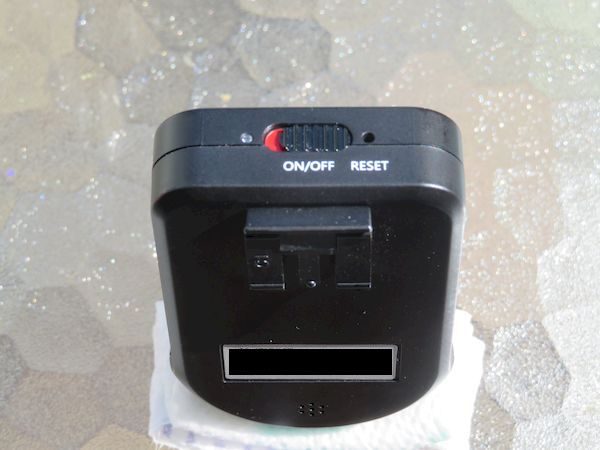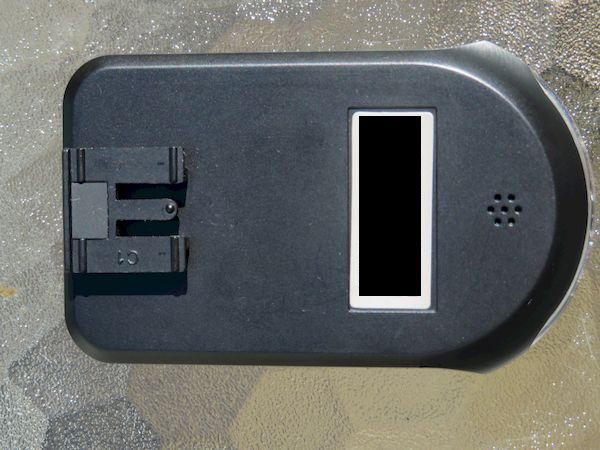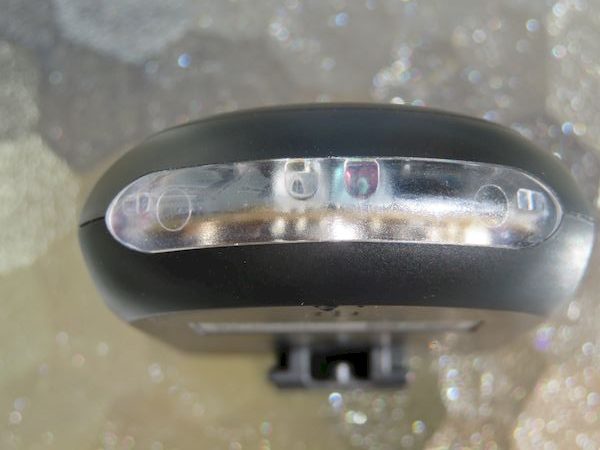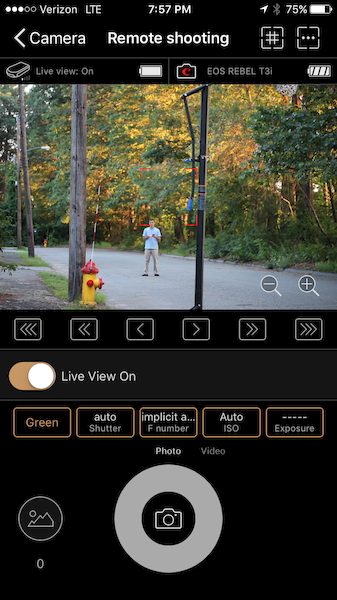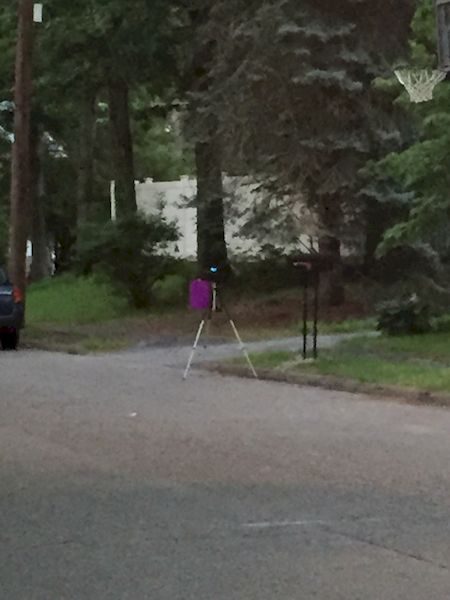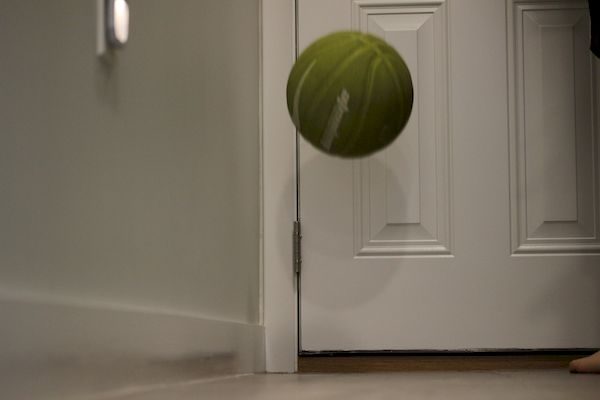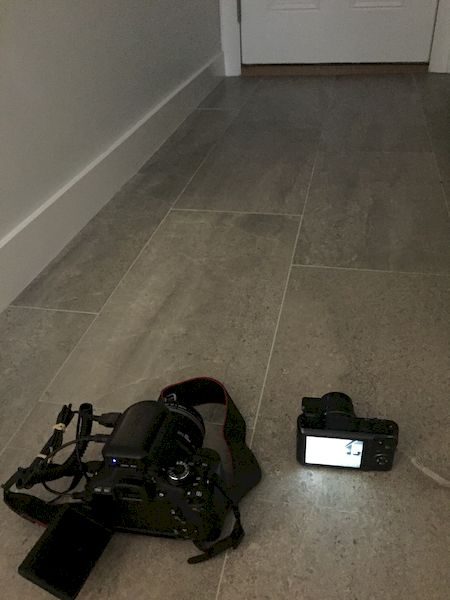In 2015, I had the privilege (and it was a privilege) to review Master & Dynamic’s new MH40 headphone. At the time, nothing else looked like them. The MH40 has that classic, timeless look—like they’ve been around for many years, yet they were a brand new headphone from a brand new company. The MH40’s combination of aluminum and leather made you feel like you had something special when held. They are that beautiful. Also, the MH40 headphones sound as good as they look. With the MH40, Master & Dynamic hit a home run right out of the box. Since then, M&D has expanded their product line to include earphones, an on-ear MH30 headphone and an unusual Bluetooth speaker made of concrete.
However, 2015 is so yesterday and this is 2017. Master & Dynamic has entered the wireless age with the MW60 (released in 2016) and new MW50 wireless headphones.
The over-ear MW60 is designed like the MH40 with some unique touches. The on-ear MW50 looks like a lovechild of the MH40 and MH30. Both are equally stunning to look at which is becoming a Master & Dynamic trademark. Both are also covered in metal and leather. However, there are some important differences (besides size and price) that I will detail later in this review.
Let’s look at both the MW60 first and then the MW50.
MW60
The MW60 is basically a wireless version of the MH40. Because of the added electronics, it’s a bit thicker and heavier looking than the MH40 although it’s really 15 grams lighter. On the MH40, I’ve always liked the wire mesh at the center of each ear cup. That’s missing on the MW60—replaced by solid metal with a circular pattern. It’s okay looking, but I still prefer the mesh look. Even though the MW60 has lost some of the retro looks of the MH40, it’s still better looking than most other headphones out there.
The MW60 may be 15 grams lighter than the MH40, but it’s still a bit on the heavy side. The weight doesn’t bother me much because the headphones are so darned comfortable. The lambskin ear pads breath better than faux leather which cuts down on heat buildup—that’s a big deal for me because I have a head that sweats too much. The headband is only slightly more padded than the MH40—it could still use more. Even so, the MW60 can be worn for hours with no noticeable discomfort.
An added benefit of over-ear pads is isolation. The MW60s are not noise-canceling headphones, but they have a good seal that blocks out a decent amount of noise from the outside world.
Master & Dynamic has incorporated Bluetooth into the MW60 in a clever way. You can see the plastic Bluetooth antennas built into the aluminum frame of the left earpiece—a perfect fit with no seams. The left ear cup also houses the on/off/pairing buttons. Note that these buttons are solid metal and have a satisfying click when pressed. Pairing is dead simple—just slide the button beyond the on position for a couple of seconds and a blinking light tells you it’s ready to pair. I didn’t even have to look at the manual to figure this out. That’s good design. Plus, there are audible signals to let you know that pairing is either happening or has connected. The right ear cup has the volume/pause buttons which act and feel the same as the other buttons.
Using the built-in mic, I made a phone call to a friend and he said I sounded perfect. It always amazes me that a headphone can have a tiny microphone under my ear, yet my voice sounds just like I’m speaking directly into the phone’s mic.
Note: Unless you have money to burn, forget about using the MW60 as a commuting headphone. Yes, they fold easily and can be carried in an included soft case, but I would become quite ill if I left them behind in a cab, train, or bus. Master & Dynamic makes more affordable earphones for the commuter.
The sound from the MW60’s 45mm neodymium speaker drivers is on the warm side, meaning that the headphone has a boosted bass sound, but only just a bit. This has two benefits: It cuts down on much of the treble harshness that can be present in some recordings plus music can be listened to more comfortably for hours. A warmer sound profile is generally more forgiving of lower resolution MP3 files which can sound too bright on super-accurate headphones. It’s a bit contradictory that a slightly less accurate headphone can sound better than one that is clinically accurate in its musical detail, but it’s true. Master & Dynamic did a good job tweaking the ear cups to achieve the right tonal balance. Drums have a nice kick; vocals are clear and slightly forward while the treble frequency is reined in but still allowed to express itself.
Soundstage (the audio illusion of where in space sound is coming from) is excellent with the MW60s. It’s not an audio 3D effect, but it’s both wide and deep—placing you in the middle of whatever you’re listening to. Note that a wide soundstage is also the result of a great recording—even so, it’s up to the headphones to bring it out.
Afro Celt Sound System’s “Release It” is a good song for experiencing a wider frequency spectrum. Deep bass drumming, as well as higher, pitched tin whistles and bagpipes, combine with other instruments giving the song a multi-continental flavor. You can hear all the instruments individually and equally resulting in a perfect mix.
The opening keyboard fade-in on Pink Floyd’s “Wish You Were Here” can hide some very subtle electronic sound effects on lesser headphones, but the MW60 lets them be heard amidst Rick Wright’s aural synth wave. When David Gilmour’s crystal clear guitar chimes in, you just know you’re in for a treat. This album shines on the MW60s.
Battery life on both the MW60 and MW50 headphones is rated at 16 hours—which is plenty of life for an extended listening session or a long flight. Battery status is indicated by using the Bluetooth pairing lights that turn green/orange/red depending on the charge. If the battery dies, there is an included mini plug cord, so the headphones can always be used. They will also continue to work with Bluetooth if charging from an external battery. Neither the MW60 nor the MW50 will automatically power down if accidentally left on—which I have a bad habit of doing. As with all other M&D headphones, all cords are stored in a hard leather-covered circular box. Battery charging on the MW50 uses the new USB-C connector rather than the micro USB of the MW60. Maybe this is the direction M&D is heading.
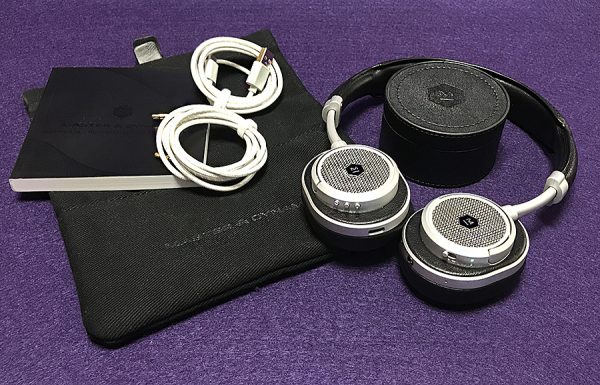 MW50
MW50
The on-ear MW50 is two/thirds the weight of the MW60 and smaller overall. Unlike the MW60, the MW50 retains the metal mesh at the center of each ear cup. Master & Dynamic has done a great job designing the MW50. It feels every bit as solid and luxurious as the MW60.
The fact that the MW50 is on-ear might put off some people and I get that. I happen to really like on-ear headphones, mostly because they are lighter and easier to cart around. Plus they look a little less dorky than full sized headphones often do in an office setting. Like the MW60, the MW50 also has lambskin ear pads and a leather headband. The headband is also lightly padded, but since the MW50 is lighter, long-term comfort is not an issue. The MW50 is made to be mobile, but they don’t fold. Even so, they are easier to cart around than the folded MW60s.
The MW50 headphone contains audio tech that surpasses the more expensive MW60. First, the MW50s have beryllium drivers vs. neodymium drivers in the MW60. Granted, the MW60 45mm drivers are 5mm larger than the MW50’s 40mm. But beryllium is lighter and tougher than neodymium, which is better at handling audio signals—especially in the upper-frequency ranges. Beryllium is also more than double the cost of neodymium. So M&D use a much more expensive material in their less expensive headphones. Go figure.
The lambskin pads rest on the ears with little pressure and are even more comfortable on my head than the MW60s. The metal “poles” that connect the headband to the ear cups are curved a bit which can help with larger heads. However, my head is close to the max size the MW50s will fit, so if you have a large head, make sure there’s a generous return policy if they don’t fit well.
Once again Bluetooth pairing is as simple as can be. The buttons act the same way as on the MW60. And the Bluetooth antenna is made as part of the left ear cup using that same attention to detail. Call quality is also identical.
Audio on the MW50 is both pleasing and robust. Granted, you won’t get as much noise isolation as you do on the MW60, but for an on-ear design, it ain’t bad! What is most surprising is the amount of low end heard. Listening to the same high res version of “Wish You Were Here” from Pink Floyd, I was shocked how good the bass sounded. It was as impactful and detailed as on the MW60s!
Keep in mind that bass is no good if its muddy sounding and bleeds into the other frequencies. None of that happens with the MW50 headphones. There’s a clarity in the sound (bass included) that belies the headphone’s size. The audio coming out of the MW50s sounds way larger and better than you would expect.
Afro Celt Sound System’s “Release It” sounds even warmer and deeper than it does on the MW60s. The bass still retains its sharp attacks without being sloppy. How is this possible?
Within the last few years, Master & Dynamic has established themselves as a respected audio brand—with good reason.
If you’re in the market for an upscale wireless headphone that cuts no corners in audio quality or materials you can’t do better than M&D. The main downside to the MW60 and MW50 wireless headphones is having to choose one over the other. They both have their advantages. If you prefer over-ears (most serious headphone people do), then the MW60 is an obvious choice. But I would ask that you try out the MW50 if possible. You might be pleasantly surprised.
My bottom line is that as good as the MW60 sounds, the MW50 sounds just as good, if not a bit better, is more comfortable and just more fun to listen to—and less expensive. I wouldn’t be surprised if M&D is already working on an MW60 successor.
The MW60 is available in Black metal/black leather; Gunmetal/black; Silver/brown; Silver/navy and sells for $549 US.
The MW50 is available in Silver metal/black leather; Silver/brown and sells for $449 US.
Source: The samples for this review were provided by Master & Dynamic. Please visit www.masterdynamic.com for more information and shop for them on Amazon.
Product Information
| Price: | MW60 – $549 US MW50 – $449 US |
| Manufacturer: | Master & Dynamic |
| Retailer: | Amazon |
| Pros: |
|
| Cons: |
|
Filed in categories: Reviews
Tagged: Bluetooth headphones
Master & Dynamic MW60 wireless and MW50 wireless headphones review originally appeared on The Gadgeteer on July 20, 2017 at 7:02 am.
Note: If you are subscribed to this feed through FeedBurner, please switch to our native feed URL http://the-gadgeteer.com/feed/ in order to ensure continuous delivery.































 .
.








